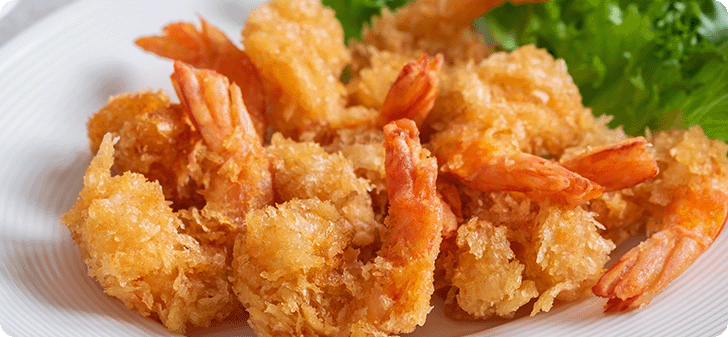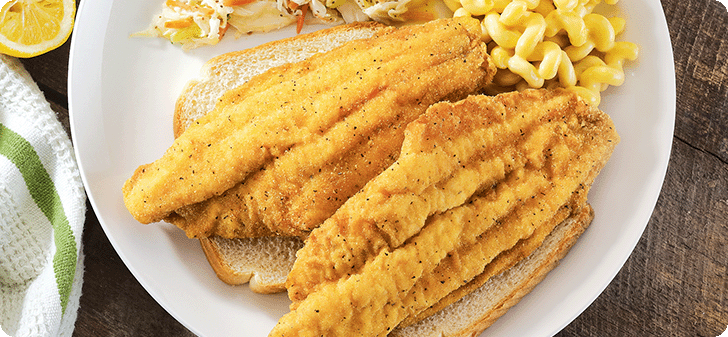How to Deep Fry Seafood
Learn how to get craveably crispy seafood using these simple frying tips.
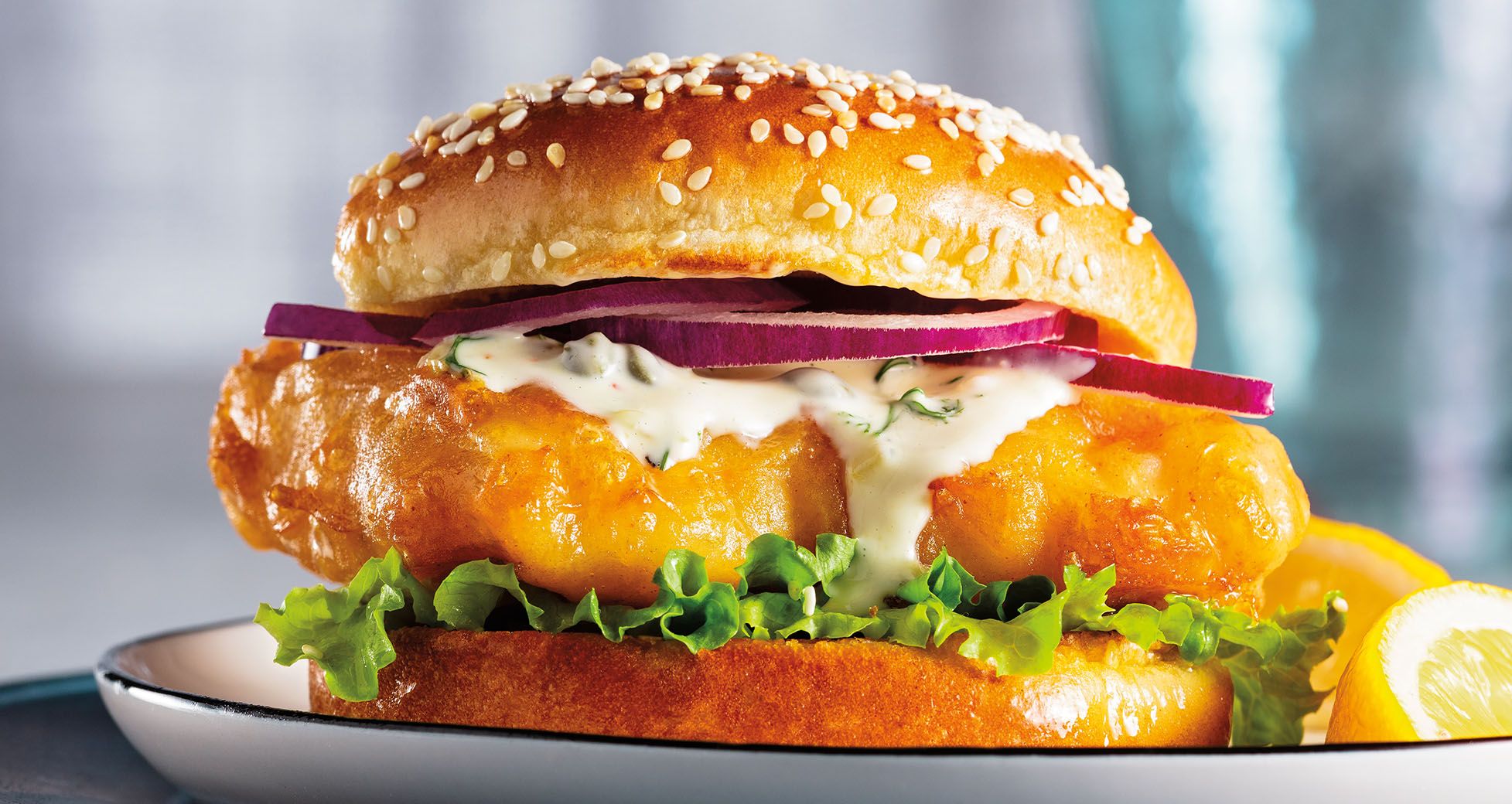
Useful Tools

Deep Fry Thermometer
Not all thermometers are created equal and since oil temperature is so crucial when it comes to frying, you’ll want one that can take the heat!

Wire Strainer
Durable yet gentle, a wire strainer is the perfect utensil for adding and removing food from hot oil.

Stock Pot
Having a stock pot is like having a built in splatter shield. Use one to fully immerse your food in oil with minimal mess.

Wire Cooling Rack
Keep food crisp while it’s cooling; place freshly fried fish onto a wire rack so it doesn’t sit in leftover oil.
Choose Your Coating
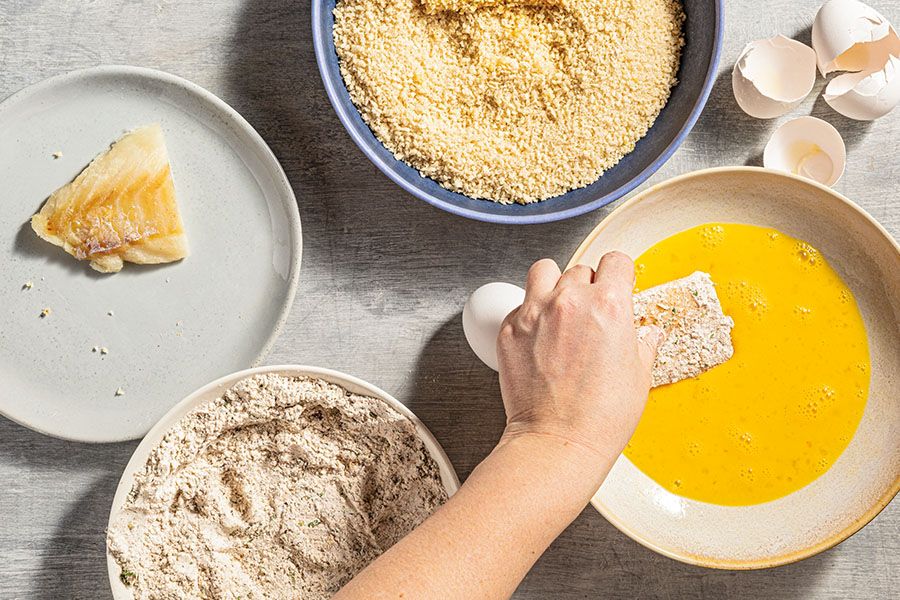
Bread
- Gather three wide bowls. In one of the bowls, whisk together 1 cup flour and 1½ tbsp. seafood seasoning. In the second bowl, beat 4 eggs. To the third bowl, add 2 cups panko breadcrumbs.
- Pat fish dry. Coat in flour, then eggs and finally panko, shaking off excess after each step.
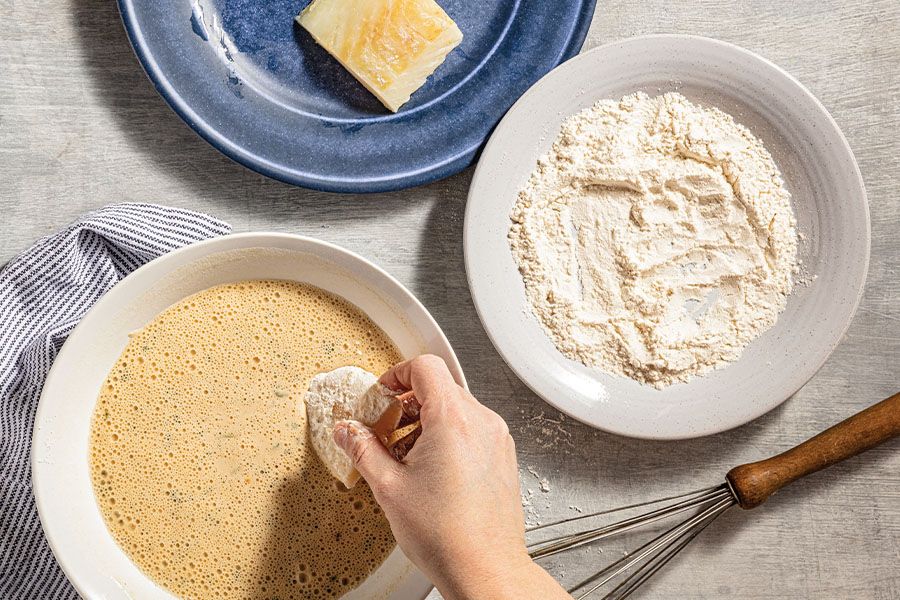
Batter
- In a wide bowl, whisk together 1 cup flour, ½ cup cornstarch, ½ tsp. salt, 1 tsp. baking powder and 1½ tbsp. seafood seasoning. Stir in 1 cup light beer or water.
- Add flour to a separate shallow bowl. Coat fish in flour then dip into batter, shaking off excess.

Frying Instructions
- In a stockpot, heat several inches of oil to a temperature of 350–375 degrees. Carefully add fish; fry until crisp and cooked through, about 4 minutes for breaded or 8 minutes for battered.
- Using a wire strainer, transfer fried seafood to a wire rack or a paper towel-lined plate. Season with salt, if desired. Let cool 5 minutes and serve.
Know Your Oil

Peanut Oil
Peanut oil provides that classic, deep-fried flavor thanks to its nutty, sweet undertone and high smoke point.

Canola Oil
Canola oil is also a good candidate for deep frying since it is light in flavor, cost-effective and has a high smoke point.

Olive Oil or Butter
Since they have a lower smoke point, olive oil and butter should not be used for deep frying. However, they are a great choice when it comes to searing!
